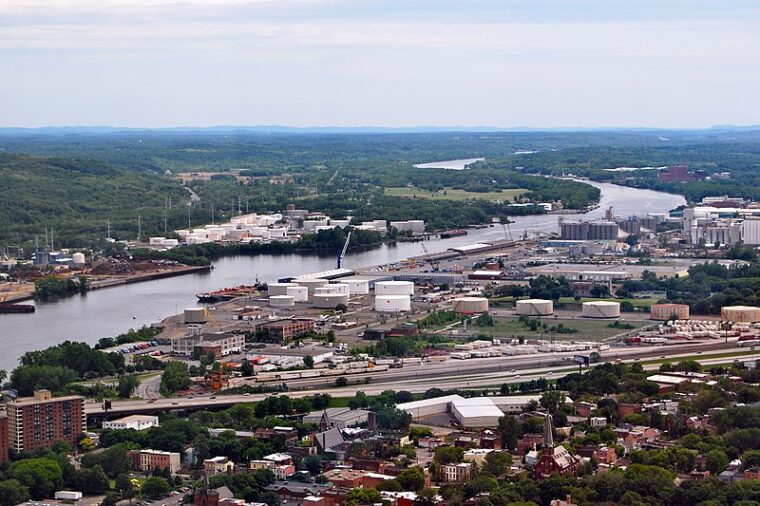
New York plans to spend $111.1 million on projects to improve the state’s port and rail infrastructure and reduce the need for trucks on the roads.
The funding is the largest amount ever awarded through New York’s Passenger and Freight Rail Assistance Program (PFRAP) and will support 38 projects to modernize key lines and port facilities throughout the state.
A single freight rail in operation can obviate the need for several hundred trucks, the state said.
“New York’s ports and freight rail networks are vital to the state’s economic well-being and these historic investments will ensure that they remain globally competitive,” Gov. Kathy Hochul said. “This funding will upgrade important parts of our transportation infrastructure to meet the challenges of the 21st century, reduce pollution, and fuel the economic engines that power our state.”
Work will include track and bridge rehabilitation, capacity expansion, procurement of cleaner rail equipment and modernizing and expanding rail infrastructure in freight yards and seaport facilities, the state said.
PFRAP is administered by the New York State Department of Transportation and supports projects that enhance the safe movement of freight goods, improve service reliability to retain and grow manufacturing jobs and support economic development, especially upstate. The $111.1 million in state funding leverages an additional $20.5 million in private funding for projects across the state that maintain safety and keep New York railroads competitive.
Projects include:
$9.9 million to help the Albany Port District Commission update its infrastructure to accommodate increasingly heavier cargo.
$5.5 million to increase capacity along the Fremont Industrial Track in New York City.
$4 million to rehabilitate grade crossings and bridges near Watkins Glen.
$1.8 million to buy an electric rail car mover to reduce the Port of Oswego’s carbon footprint.
Photo by UpstateNYer
The post New York to spend $111.1 million on rail lines and ports appeared first on Government Market News.
